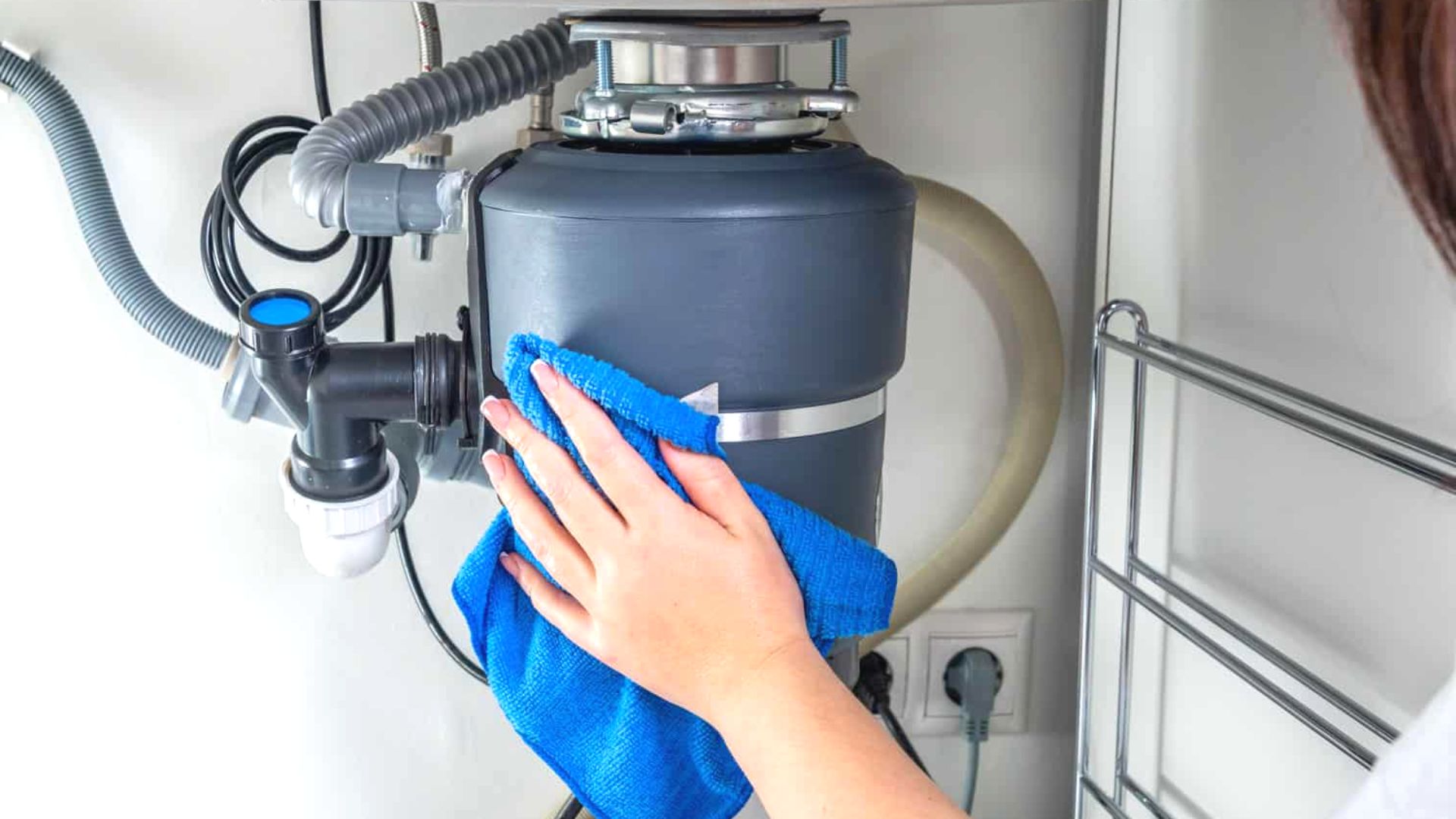Practical Techniques for Repairing a Dripping Garbage Disposal
Practical Techniques for Repairing a Dripping Garbage Disposal
Blog Article
Presented here down the page yow will discover a good deal of first-rate ideas all about Why Is My Garbage Disposal Leaking From the Bottom?.

Garbage disposals are important cooking area devices that help in getting rid of food waste successfully. Nonetheless, a leaking garbage disposal can be a frustrating and untidy trouble to deal with. Luckily, several leaks can be repaired conveniently with a couple of straightforward actions. In this write-up, we will certainly talk about just how to deal with a leaking waste disposal unit efficiently.
Intro
Garbage disposals are set up under cooking area sinks and are developed to shred food waste right into smaller items, permitting it to travel through the pipes system quickly. While these gadgets are generally trusted, leakages can take place gradually as a result of wear and tear, loose connections, or damages to the unit.
Step-by-Step Overview to Fixing a Leaking Garbage Disposal
Turn Off the Power
Prior to trying any type of repair services, make certain that the power to the waste disposal unit system is shut off to avoid the risk of electrical shock.
Situate the Leakage
Determine the exact location of the leakage and figure out the cause
Tighten Connections
Utilize a wrench to tighten up any kind of loose connections between the disposal unit and the plumbing system.
Replace Seals or Gaskets
If the leak is due to worn seals or gaskets, remove the old parts and replace them with new ones.
Patching Cracks or Openings
For cracks or holes in the disposal unit, use epoxy or an appropriate patching product to secure the damaged area.
Determining the Source of the Leakage
Prior to attempting to take care of a dripping garbage disposal, it is essential to recognize the source of the leakage. This can usually be done with aesthetic examination or by conducting easy examinations.
Visual Inspection
Check the waste disposal unit system thoroughly for any kind of signs of water leakage. Pay very close attention to locations around seals, gaskets, and connection factors.
Testing for Leaks
One means to check for leakages is by running water with the disposal device and checking for any kind of noticeable indicators of leakage.
Common Causes of Leaks in Rubbish Disposals
Worn Seals and Gaskets
Seals and gaskets play an essential function in stopping water from dripping out of the garbage disposal. In time, these elements can weaken, leading to leakages around the disposal unit.
Loose Connections
The connections in between the waste disposal unit and the plumbing system can come to be loose gradually, creating water to leakage out throughout operation.
Cracks or Holes in the Disposal Device
Physical damages to the waste disposal unit, such as fractures or holes in the real estate, can also result in leakages.
Tools and Materials Needed for Fixing a Dripping Waste Disposal Unit
Before starting the fixing procedure, gather the essential tools and products, including a screwdriver, flexible wrench, plumbing technician's putty, substitute seals or gaskets, and epoxy or patching material for repairing splits or openings.
Checking the Garbage Disposal After Repair Service
When the repair work is full, test the garbage disposal by running water through it to make certain that the leak has been settled.
Preventive Maintenance Tips to Avoid Future Leaks
To prevent future leakages, it is important to do normal maintenance on your garbage disposal. This includes keeping it tidy, avoiding placing non-food things or difficult things down the disposal, and periodically looking for leakages or various other problems.
Conclusion
In conclusion, taking care of a leaking waste disposal unit is a relatively simple process that can be completed with fundamental tools and products. By following the actions laid out in this short article and practicing preventative upkeep, you can maintain your garbage disposal in good working problem and avoid costly repairs in the future.
HERE’S HOW TO FIX YOUR GARBAGE DISPOSAL
WHAT TO DO IF SOMETHING IS STUCK IN YOUR GARBAGE DISPOSAL
If the impeller won’t turn, there’s probably something stuck in the disposal. It could be a steak bone or peach pit, although plumbers report pulling all sorts of inappropriate objects out of disposals, such as bottle caps or aluminum foil. Make sure power to the disposal is off, and look inside to see if you can see the source of the jam.
Never stick your fingers in a disposal. Pull out anything you see with tongs or pliers.
If the disposal still won’t work, it may be time to call a plumber or consider buying a new disposal. GEM Plumbing & Heating is here for all of your garbage disposal needs.
WHAT TO DO IF YOUR GARBAGE DISPOSAL DRAIN IS CLOGGED
Take everything out from underneath your sink and put a bucket or other container under your disposal to catch any water that drains out. Disconnect your disposal from the power supply. If it’s plugged into a wall outlet, unplug it. If it’s hardwired into an electrical box, go to the electrical panel and turn off the breaker for the disposal. Pour ¼ cup of baking soda into the drain, followed by ½ cup of white vinegar. Give the solution a few minutes to fizz and do its work. Look into the disposal with a flashlight to see if you can see an object that might be causing the clog. If you see it, remove it using tongs or pliers. MORE TIPS ON DEALING WITH A CLOGGED GARBAGE DISPOSAL
Never use drain cleaner in a garbage disposal. It can damage the plastic parts inside the disposal. You can also be splashed with the caustic liquid while working to clear the clog. Beware! Never stick your fingers into a garbage disposal. Trust us — not a good idea. In many instances, your dishwasher drains through your garbage disposal. This allows the disposal to grind any large food particles that may be drained out of your dishwasher. There are some jurisdictions, however, where the plumbing code prohibits such a connection. WHAT TO DO WHEN YOUR DISHWASHER DRAINS THROUGH THE DISPOSAL
Run some water in the sink so your plunger has at least a ½-inch of water to create a seal and plunge vigorously up and down several times. You may need to repeat this several times. Run hot water down the drain to clear any residue that remains.

Do you really like reading about Why Is ? Put feedback directly below. We will be glad to see your feelings about this blog entry. We hope that you visit us again in the near future. Are you aware of someone else who is interested by the subject? Do not hesitate to share it. Thanks so much for taking the time to read it.
Call Today Report this page